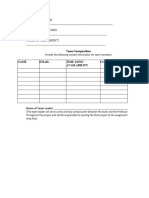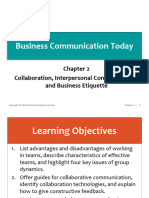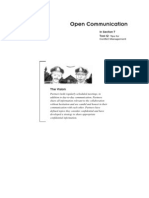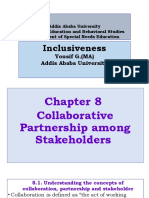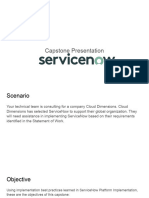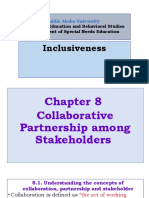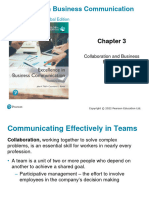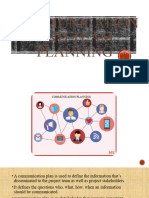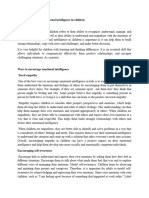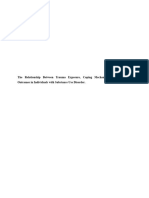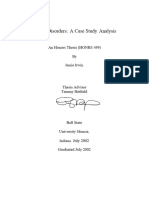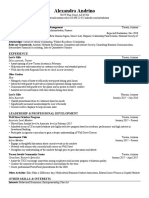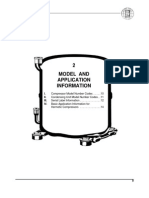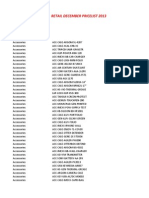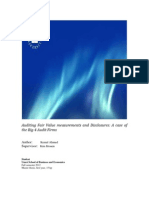0% found this document useful (0 votes)
11 views6 pagesSection 3
The document outlines a Stakeholder Liaison and Communication Plan aimed at enhancing team collaboration and stakeholder relationships. It identifies key issues such as communication gaps and ineffective tools, proposes solutions including the adoption of a new collaboration tool and regular check-ins, and emphasizes the importance of transparent communication with stakeholders. The plan aims to improve productivity, clarify roles, and foster ongoing feedback for continuous improvement.
Uploaded by
SadiaCopyright
© © All Rights Reserved
We take content rights seriously. If you suspect this is your content, claim it here.
Available Formats
Download as DOCX, PDF, TXT or read online on Scribd
0% found this document useful (0 votes)
11 views6 pagesSection 3
The document outlines a Stakeholder Liaison and Communication Plan aimed at enhancing team collaboration and stakeholder relationships. It identifies key issues such as communication gaps and ineffective tools, proposes solutions including the adoption of a new collaboration tool and regular check-ins, and emphasizes the importance of transparent communication with stakeholders. The plan aims to improve productivity, clarify roles, and foster ongoing feedback for continuous improvement.
Uploaded by
SadiaCopyright
© © All Rights Reserved
We take content rights seriously. If you suspect this is your content, claim it here.
Available Formats
Download as DOCX, PDF, TXT or read online on Scribd
/ 6








